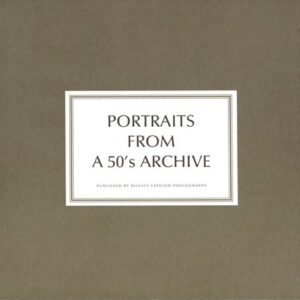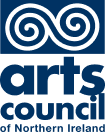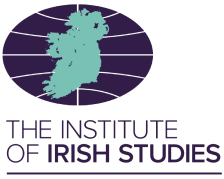Overview
Family Album Photos
The exhibition consists of a series of contemporary portraits, made as a collaboration between photographer and subject, which relate in some way to personal memories and private family album photographs from the 1940s, 50s and 60s. The private album photographs are included in the exhibition. In some cases photographs that were produced outside of the period of interest, but which relate to the contemporary portrait, are shown. For example photographs of a subject’s parents, from the 1920s or 1930s, may be shown. Additional private album material is featured in the accompanying book, Portraits From A 50s Archive.
Pinhole Photographs
The large format photographs on exhibit were made using pinhole photography. A pinhole camera has no lens. A tiny hole replaces the lens. Light passes through the hole and an image is formed, upside-down, on film or photographic paper inside the camera. Pinhole photographs are ‘softer’ (less sharp) than photographs made using a lens, but they have almost infinite depth-of-field, that is, all parts of the image can be simultaneously in focus. Depending on the light conditions, exposure times may vary from a few seconds to a few hours. In the case of Peter Richards’ pinhole portraits, exposure times range from 30 seconds to 15 minutes. The photographs’ relationship to time is important here, this project is seeking to emphasize a sense of time passing; time passing between the making of the different photographs, and time passing during the making of the new photographs.
Interviews
Ruth Graham has carried out interviews with 7 people living in different parts of Belfast and Northern Ireland between 1945 and 1969. In an effort to explore ideas of progress and subjectivity, Graham asks how different kinds of post-War welfarist reforms were experienced by ordinary people here in Northern Ireland during that period: What was the experience of new housing? Were new developments mixed or segregated? How did the influx of new industry and developments in trade unionism effect labour and community relations? How were wider international cultural and political movements reproduced in Northern Ireland? Excerpts from these interviews are published in the book accompanying this exhibition.
Essays
The book, Portraits From A 50s Archive includes an essay by Kevin Bean called ‘Roads Not Taken’, an essay by Liam O’Ruairc called ‘Out of the Albums’ and a foreword by Professor Marianne Elliott, Director of the Institute of Irish Studies in Liverpool.
In ‘Roads Not Taken’ Kevin Bean considers how much current understanding of Northern Ireland’s post war history is informed and sometimes obscured by shadows cast backward from thirty years of violent conflict. Drawing from the interview material, he looks beyond recent experience in an effort to determine how Northern Irish people lived and how they saw their future as Europe emerged from World War II. He asks, did they, for instance, share the sense of confidence which characterized Britain’s ‘new Elizabethan age’ and found expression in movements for social reform and welfare, building, housing & road programmes, architectural innovation, scientific advances and events like the Festival of Britain? He questions whether Northern Ireland in the 1960s did indeed ‘stand at the crossroads’ and whether other roads – roads not taken – were possible, raising questions of contemporary relevance around issues of tradition, modernity and historical determinism.
Liam O’Ruairc’s essay, ‘Out of the Albums’ focuses specifically on the photographs collated and produced for this project. He discusses the nature and cultural status of ‘amateur’ or snapshot photography, its strict conventions and tendency to focus, almost exclusively, on positive events. He asks what can we know about a time and place represented in photographs of whose private meanings we have no knowledge. He considers the new public function of these photographs, as historical evidence and asks us to think about why each picture was taken and what was left outside the frame, what is consciously forgotten as well as remembered. He also suggests that these pictures could have been taken in any Western European society during the post World War II period.
Key Information
Lead OrganisationBelfast Exposed
01/06/2004
25/08/2005
Online Resources
Portraits From A 50s Archive | Belfast Exposed
Publications
Portraits From A 50s Archive | Belfast Exposed
Contact info@belfastexposed.org to request a copy.





